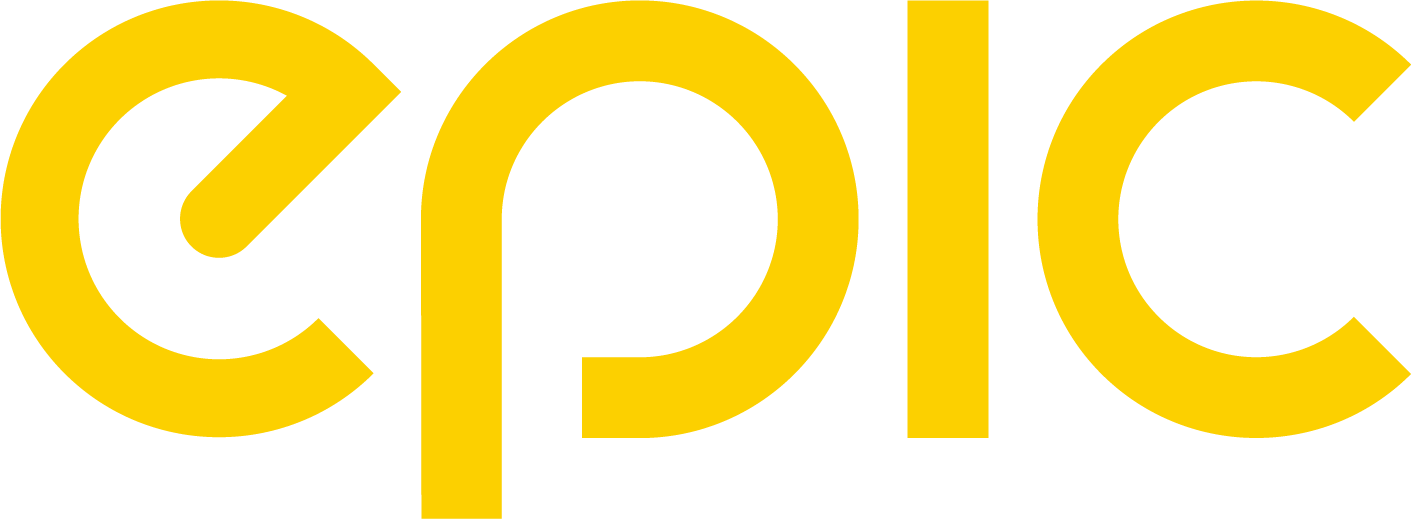In today’s world, perception drives decisions. Whether someone is pitching investors, leading a boardroom, or building strategic partnerships, their executive brand shapes how they’re viewed long before conversations begin.
This comprehensive guide walks through how executives can shape a professional identity that attracts business opportunities, inspires teams, and strengthens a company’s reputation. Whether you’re a founder, senior leader, or part of the C-suite, building a well-defined executive brand has become a powerful tool for long-term success.
What Is Executive Branding?
Executive branding is the intentional crafting of a leader’s public presence. It includes how someone communicates their values, shares industry insights, and reflects their leadership style across both digital and real-world platforms.
Unlike basic personal branding, this form of presence focuses on shaping perception at a strategic level. It aligns an individual’s professional image with their role in driving business growth, attracting top talent, and guiding a company’s success.
Why Executive Branding Matters More Than Ever
Executives today don’t wait to be discovered — they’re already visible. The internet creates expectations, and people form impressions within seconds based on a LinkedIn profile, public appearances, or even a single quote in relevant publications.
A robust executive brand helps leaders:
- Build trust with stakeholders and potential clients
- Stand out in saturated industries
- Secure speaking engagements and media features
- Build stronger professional networks
- Expand into new markets
- Share thought leadership that positions them as a go-to source for market trends
Executives who shape their own brand unlock networking opportunities, open doors, and guide their narrative. Those who don’t risk being defined by others.
Core Elements of a Strong Executive Brand
Strategic Positioning
Your unique value proposition should be clear and relevant to your industry. Whether focused on innovation, inclusion, or growth, make it easy to understand how you lead.
Consistent Messaging
From emails to interviews, your language should reflect the same values and clarity. Consistent messaging builds alignment across teams and platforms.
Strong Online Presence
Your online presence needs to reflect both who you are and what you offer. That includes a polished LinkedIn profile, features in relevant publications, and visibility on social media platforms.
Leadership Content
Executives should regularly share insights on industry topics and post leadership content that showcases strategic thinking. Articles, short videos, or expert commentary show you’re actively contributing.
Visual Identity
Use a current, high-quality professional photo across platforms. Your design choices color schemes, typography, formatting — all affect how you’re perceived.
Public Validation
Citations, awards, mentions, and industry events amplify your authority. A compelling executive brand isn’t just self-declared — it’s supported by your industry.
Step-by-Step: How to Build a Powerful Executive Brand
1. Review Your Current Brand
Audit your current brand by searching your name, reviewing past content, and analyzing how others describe you. This sets a clear starting point.
2. Define What You Stand For
Narrow down your executive’s strengths. Tie them to outcomes that matter: scaling companies, launching into new markets, or inspiring cultural change. Clear positioning attracts the right target audience.
3. Align With Business Goals
Your brand should support your company’s growth and your own business goals. Align your messaging with the bigger picture.
4. Update Key Platforms
Refresh your LinkedIn profile to reflect your leadership philosophy, track record, and industry voice. Include a concise bio, featured articles, and relevant keywords like executive branding, thought leader, and business growth.
5. Create Content With Purpose
Create content that reflects your views on market trends, innovation, and team dynamics. This positions you as a reliable voice and strengthens your reputation over time.
6. Show Up Intentionally
Attend industry events, speak at panels, or publish guest articles. These moments build authority and reach a diverse audience who may not follow you directly.
7. Work With a Personal Branding Agency (If Needed)
Many executives recognize the benefits of hiring a personal branding agency. These professionals can help align your tone, visuals, and strategy — especially if your time is limited.
Mistakes That Undermine Effective Executive Branding
- Creating content with no clear point of view
- Over-relying on curated posts with little original thought
- Presenting inconsistent bios or tone across platforms
- Ignoring comments, tags, or feedback from your professional networks
- Neglecting opportunities to foster trust by showing vulnerability when appropriate
Executive Branding vs Personal Branding
A strong personal brand often includes lifestyle, personality, and broader storytelling. It’s widely used by creatives, freelancers, and content creators.
A powerful executive brand, by contrast, must connect more directly to leadership, outcomes, and influence. It lives at the intersection of corporate branding and individual presence — one that reflects values, vision, and experience.
This doesn’t mean it should be stiff. It means the brand must be respected.
Where Executive Brands Thrive
While social media is one part of the strategy, powerful executive visibility also includes:
- Cited expertise in relevant publications
- Presence at high-level industry events
- Interviews on business-focused podcasts
- Smart engagement on platforms like Twitter or Threads
- Written or spoken contributions to niche communities
These appearances add reach, invite business growth, and attract top talent that resonates with your mission.
Executive Branding Examples
CEO Branding in Action
A startup founder who regularly shares hiring philosophy and team wins on LinkedIn develops trust with both peers and new customers.
Department Head With Industry Authority
A marketing executive contributing quarterly thought leadership tips in well-known newsletters shows commitment to professional growth and industry care.
Investor With a Clear Narrative
An angel investor who appears in panels, shares concise industry insights, and aligns their public tone with private work builds a lasting, strong executive brand.
Frequently Asked Questions
Is executive branding only for CEOs?
Not at all. While CEO branding is common, directors, VPs, and founders also benefit. Any professional in a leadership capacity can build presence.
How do I manage content creation with limited time?
Batch posts monthly, repurpose existing insights, or work with a personal branding agency for support.
Should I post personal content?
A little goes a long way. Occasional behind-the-scenes or personal reflections can humanize your brand — but always link it back to leadership, values, or impact.
Final Thoughts
A well-defined executive brand builds more than visibility — it builds trust, focus, and momentum. It helps sway opinions, win attention in the right rooms, and speak with intention in the moments that matter.
In a space where business moves fast, leaders must be easy to understand and impossible to overlook. That’s what a strong executive brand creates — not just noise, but gravity.




